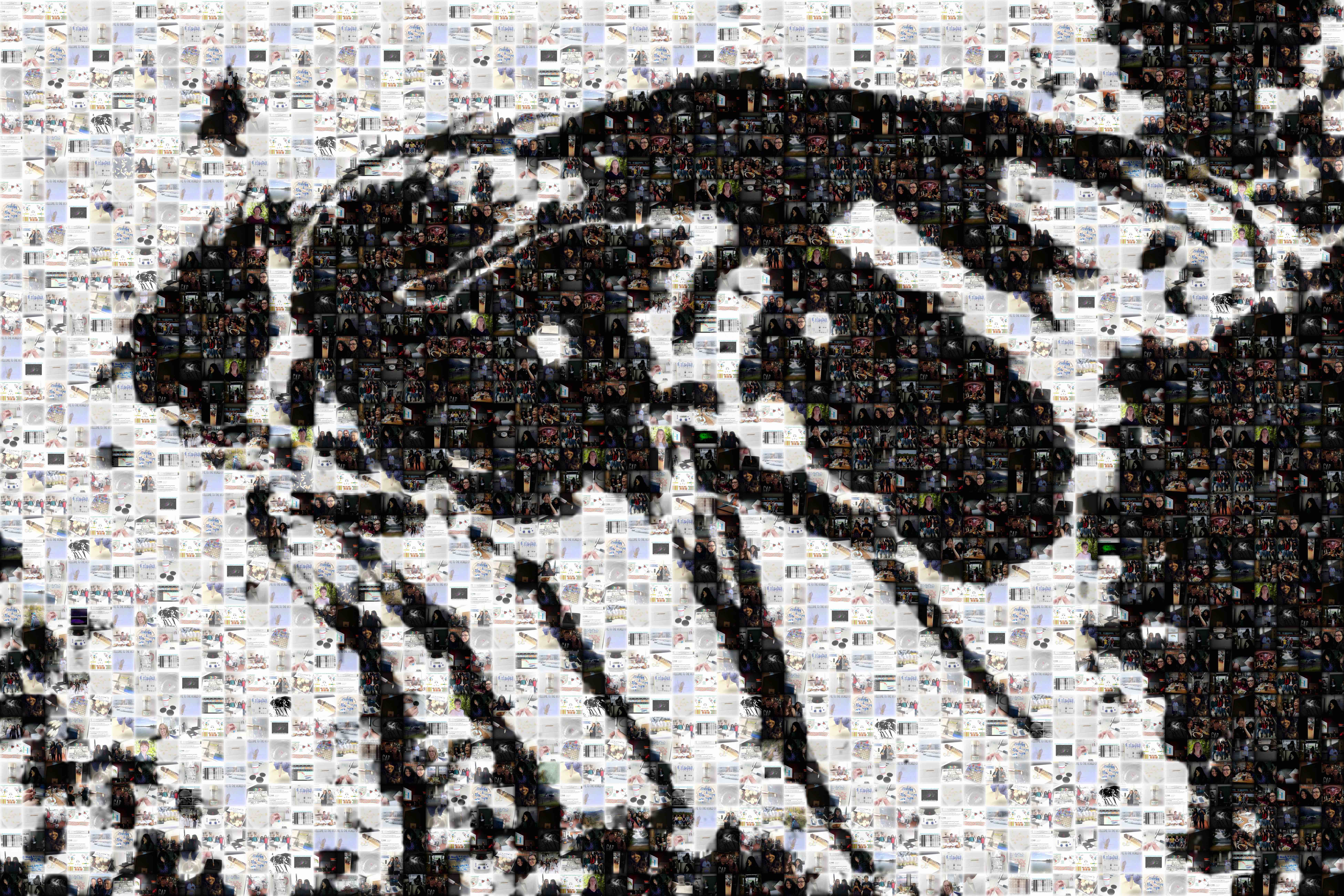About Researcher Maria L. Spletter, Ph.D
Biography
Dr. Spletter grew up in a small, rural community in northern Wisconsin. Her early experiences with farming, forestry and conservation biology fostered an innate curiosity about the natural world, and led her to pursue a career in the biological sciences. Fascinated by genetics and development in college, and captured by the thrill of scientific discovery, she was pulled into the world of research and has never looked back. Her career has taken her to California, Germany and back to the Midwest, resulting in experience with diverse researchers, cultures and education systems, and enabling Dr. Spletter to integrate developmental genetics with cell biology, transcriptomics and biochemistry in her professional career.
Dr. Spletter's research interests lie in understanding how the regulation of RNA processing and alternative splicing defines the structure and function of muscles. Our bodies contain hundreds of different muscles that have distinct morphological and contractile properties. In muscle disease and atrophy, changes in RNA regulation contribute to muscle malfunction. To understand how these changes alter muscle biology, the Spletter lab uses the powerful genetic model organism Drosophila melanogaster. Many of the RNA binding proteins that regulate RNA processing in muscle, such as CELF, RBFOX and MBNL family proteins, are also found in flies, and structural components as well as the mechanism of muscle contraction are highly conserved. Dr. Spletter's lab focuses on how changes in gene isoform expression alter the construction of the myofibril cytoskeleton and the regulation of actomyosin interactions. They employ a wide variety of experimental techniques, merging classic genetic analysis with live-imaging, confocal microscopy, biochemistry, and transcriptomics. Their work provides disease-relevant insight into the developmental functions of RNA binding proteins, affords a more detailed understanding of the process of sarcomere assembly and reveals conserved mechanisms by which muscles employ RNA regulation to fine-tune their contractile properties.

2022-present University of Missouri Kansas City, Kansas City, MO, USA. Research Assistant Professor, head of laboratory studying RNA regulatory mechanisms in muscle development (Division of Biological and Biomedical Systems, School of Science and Engineering)
2017-2022 Ludwig-Maximilians-Universität-München, Martinsried, Germany. Independent group leader, head of research group studying RNA-dependent regulation during developmental processes (department chair Prof. Dr. Andreas Ladurner, Department of Physiological Chemistry)
2010-2016 Max Planck Institute of Biochemistry, Martinsried, Germany. Postdoctoral scholar, project on transcriptomics and gene expression in Drosophila flight muscle development (mentor Dr. Frank Schnorrer, Muscle Dynamics Group)
2007 University of Warwick, Coventry, England. Visiting researcher, project employing single cell laser-capture microdissection of Drosophila neurons (mentor Prof. Dr. Georgy Koentges, Department of Systems Biology)
2003-2010 Stanford University, Stanford, CA, USA. Ph.D. in Biological Sciences, doctoral and postdoctoral project on cell fate and wiring specificity in neural development of Drosophila (mentor Prof. Dr. Liqun Luo, Department of Biology)
1999-2003 University of Wisconsin-Madison, Madison, WI, USA. B.S. in Botany and Molecular Biology, undergraduate research on epidermal development and patterning in Arabidopsis (mentors Prof. Dr. Judith Croxdale and Prof. Dr. Donna Fernandez, Department of Botany), undergraduate research and lab technician on the regulation of apoptosis and neurodegeneration (mentor Prof. Dr. Jeffrey A. Johnson, School of Pharmacy)
